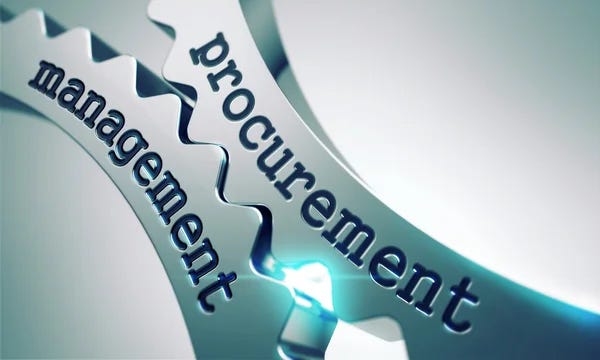Negotiating with Hard Bargainers – What You’re Doing Wrong
Article by Omid G
The Question Everyone Asks
It's probably the #1 question I get from clients:
“How do we negotiate with hard bargainers?”
But the question itself reveals the real problem—it suggests you're trying to address something far too late in the process.
Negotiation Isn’t a Moment in Time
A hard bargainer is someone who refuses to budge at the negotiation table.
By the time you're sitting at the table with one, you're already behind. Negotiation is a continuum, not a single event. And it certainly doesn’t begin—or end—at the table.
The short answer to dealing with hard bargainers at the table is:
You don’t.
You deal with them away from the table.
The Misguided Focus on “At the Table” Tactics
Traditional negotiation training tends to focus heavily on at-the-table strategies.
They're glorified in movies, workshops, and business schools—touted as how the “savvy negotiator” gets the biggest deals done.
But here’s the truth:
These are 1950s-era strategies, and they’re still being taught today.
Meanwhile, the modern game has moved on.
Understanding the Source of Their Power
A counterpart can only be a hard bargainer when they have—or pretend to have—bargaining power (aka leverage).
That’s what you’re really facing. And instead of reacting to that power at the table, you should be anticipating and neutralizing it long before.
Read this twice:
You don’t respond to hard bargaining tactics—you plan for and prevent them.
Think of a hard bargainer like an onion. You can’t cook it whole.
You need to peel back the layers and figure out what’s going on underneath.
Ask: Where Is Their Power Coming From?
Start by identifying the exact source of their leverage.
Here are some common sources of bargaining power:
Strong relationships with your internal end users
Perceived belief that you're “too married” to them as the incumbent
Proprietary materials, tech, or IP you “can’t live without”
Internal feedback saying their product/service is non-replaceable
General supply shortage
Claimed superiority in product/service
Short internal timelines pressuring you to stay with them
High effort or difficulty in qualifying new suppliers
Your job in procurement is to investigate and diagnose this clearly.
Then Strategize to Decrease Their Leverage
Once you’ve identified the source of their power, you build a strategy to dismantle or reduce it.
And as long as it’s done ethically, legally, and without manipulation, it’s fair game.
Real-World Example: Breaking the Supplier Grip
A colleague of mine faced a massive challenge:
Their incumbent supplier had deep relationships across all business units.
This supplier knew they were “indispensable” and used that to dominate negotiations.
Here’s how procurement took control:
Step 1: Map the Internal Landscape
They mapped the business unit leads based on their allegiance to the incumbent—
from most to least loyal.
Step 2: Build a Coalition
They approached the least loyal first and easily got support to put the business out to bid.
Using the social proof principle, they moved up the chain:
“These five BU leads are already on board. We’d love for you to join them.”
Eventually, even the most loyal units couldn’t resist the tide and agreed.
Step 3: Protect the Process
Procurement then had every business unit sign a letter to the incumbent:
If the supplier contacted any of them during the bid process,
they would be disqualified immediately.
All signatures were obtained. The message was sent to every supplier in the RFP—including the incumbent.
The Outcome? A Whole New Negotiation
Once the bids were in and at-the-table negotiations began, the change was dramatic.
The same supplier who was previously stubborn, arrogant, and immovable became:
Compromising
Appeasing
Uncertain
Eager
And—most importantly—ready to negotiate
The Lesson: Plan Powerfully, Negotiate Confidently
This is how you deal with hard bargainers.
You don’t face them head-on with last-minute tactics.
You remove their power before they ever sit down.
And once you do, you create a totally different environment—one where you are in control.
Want to Become the Negotiation Godfather?
That’s exactly what the CPSCM™ Certification Program is designed for.
And stay tuned—
There’s an announcement coming soon that you won’t want to miss.
Now go off and do something wonderful.
Be your best!
– Omid G.
“THE Godfather of Negotiation Planning” ~ Intel Corp

